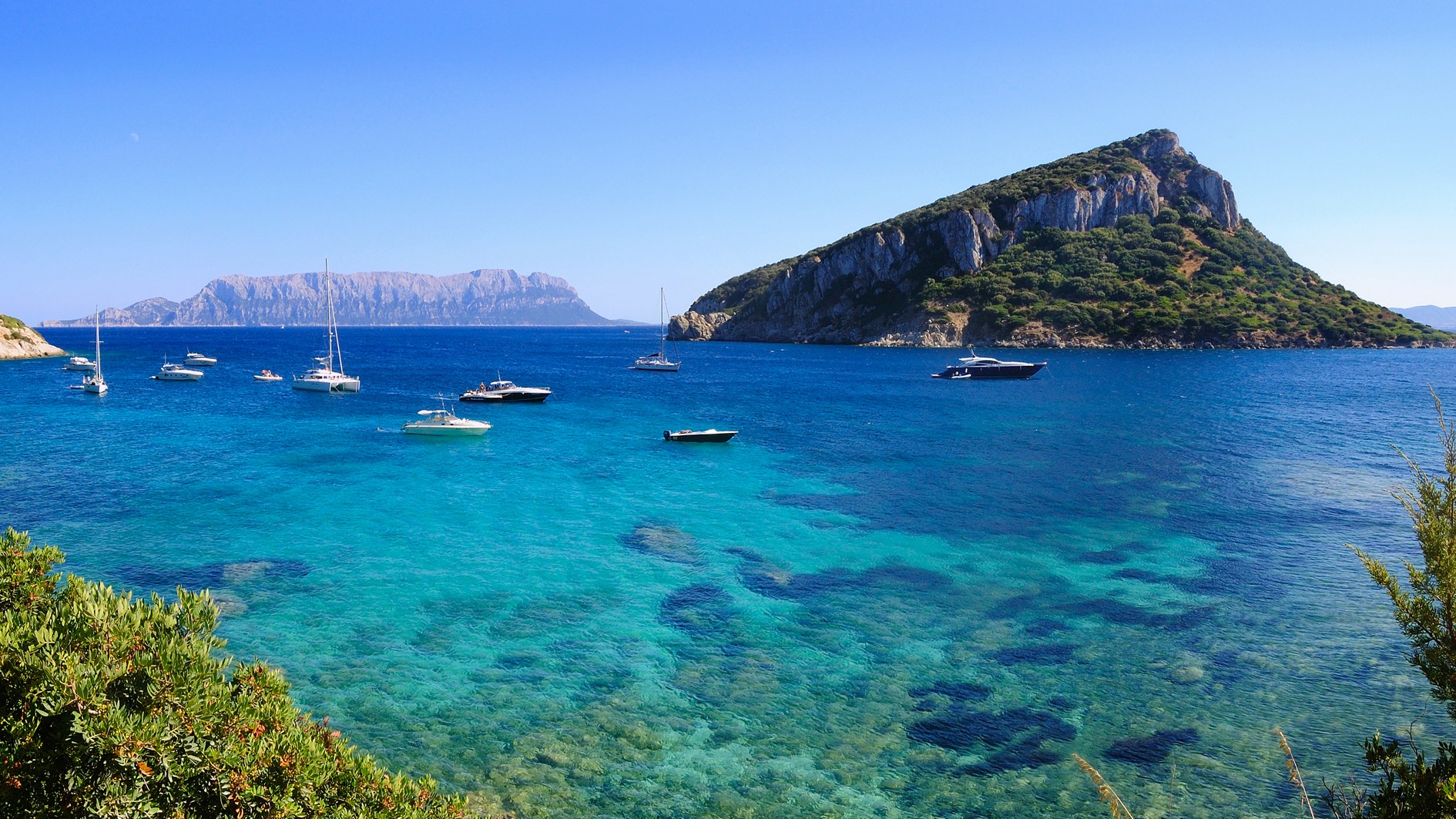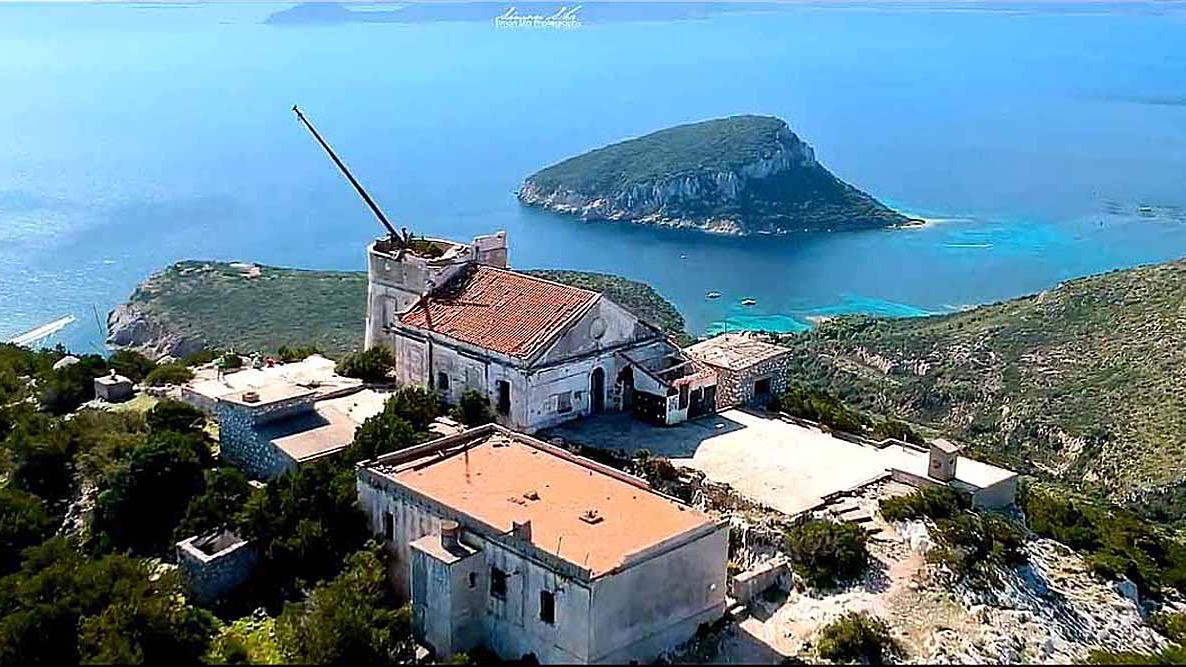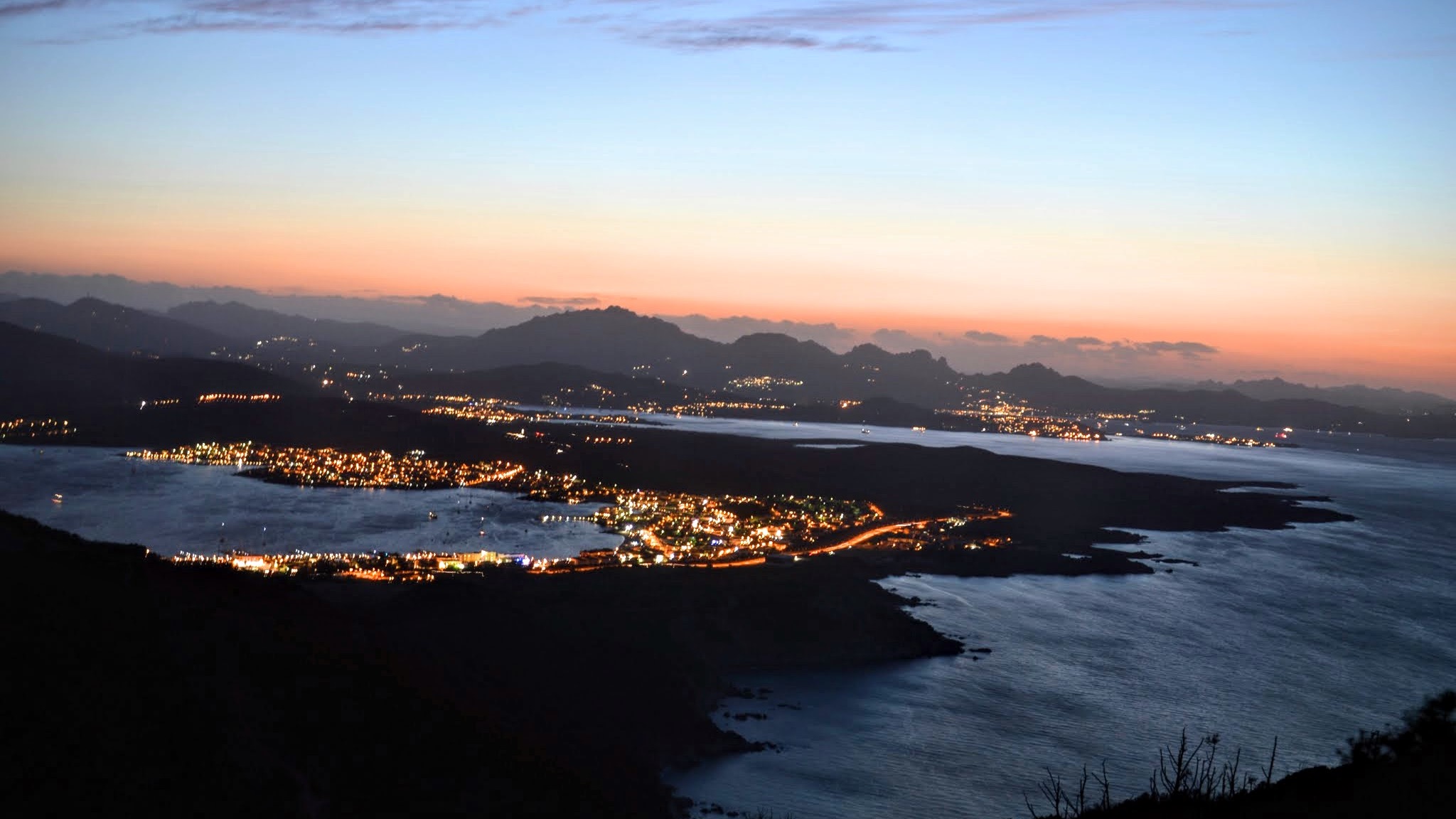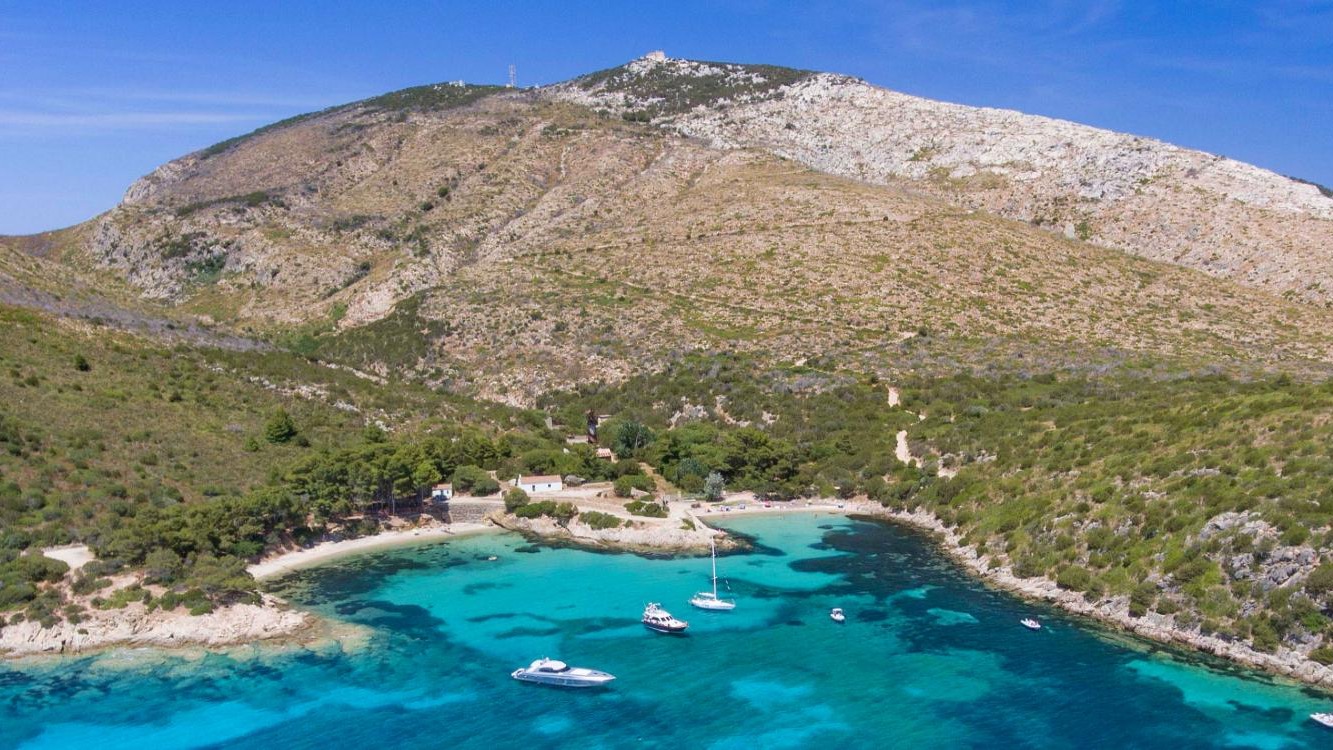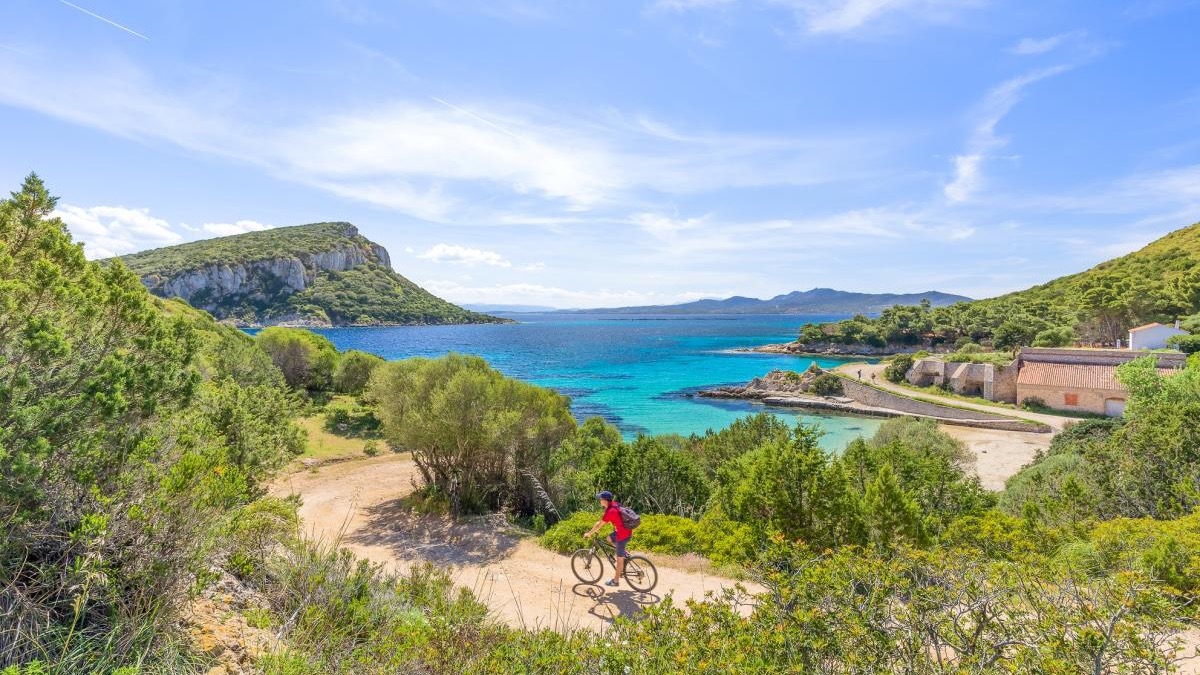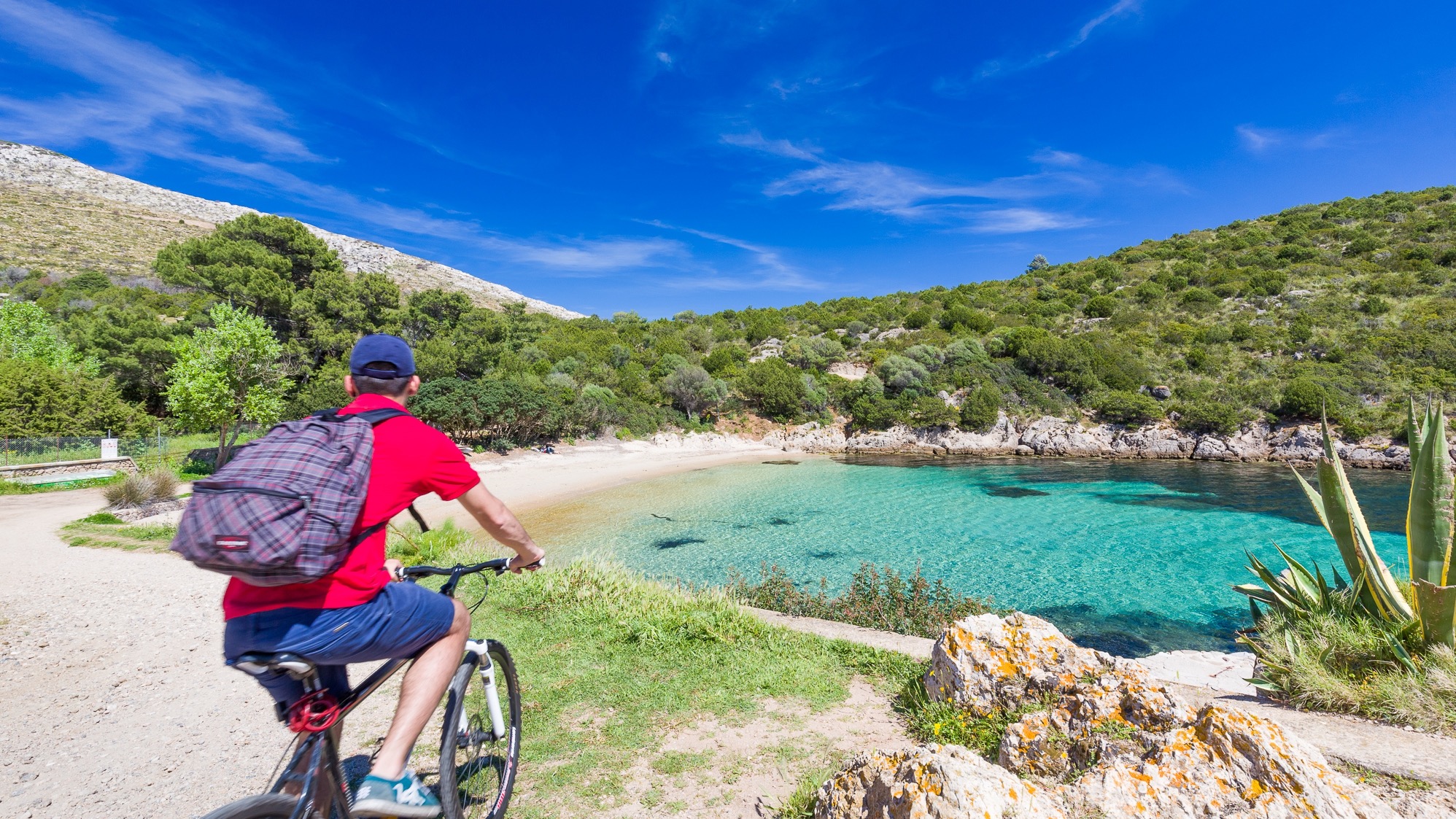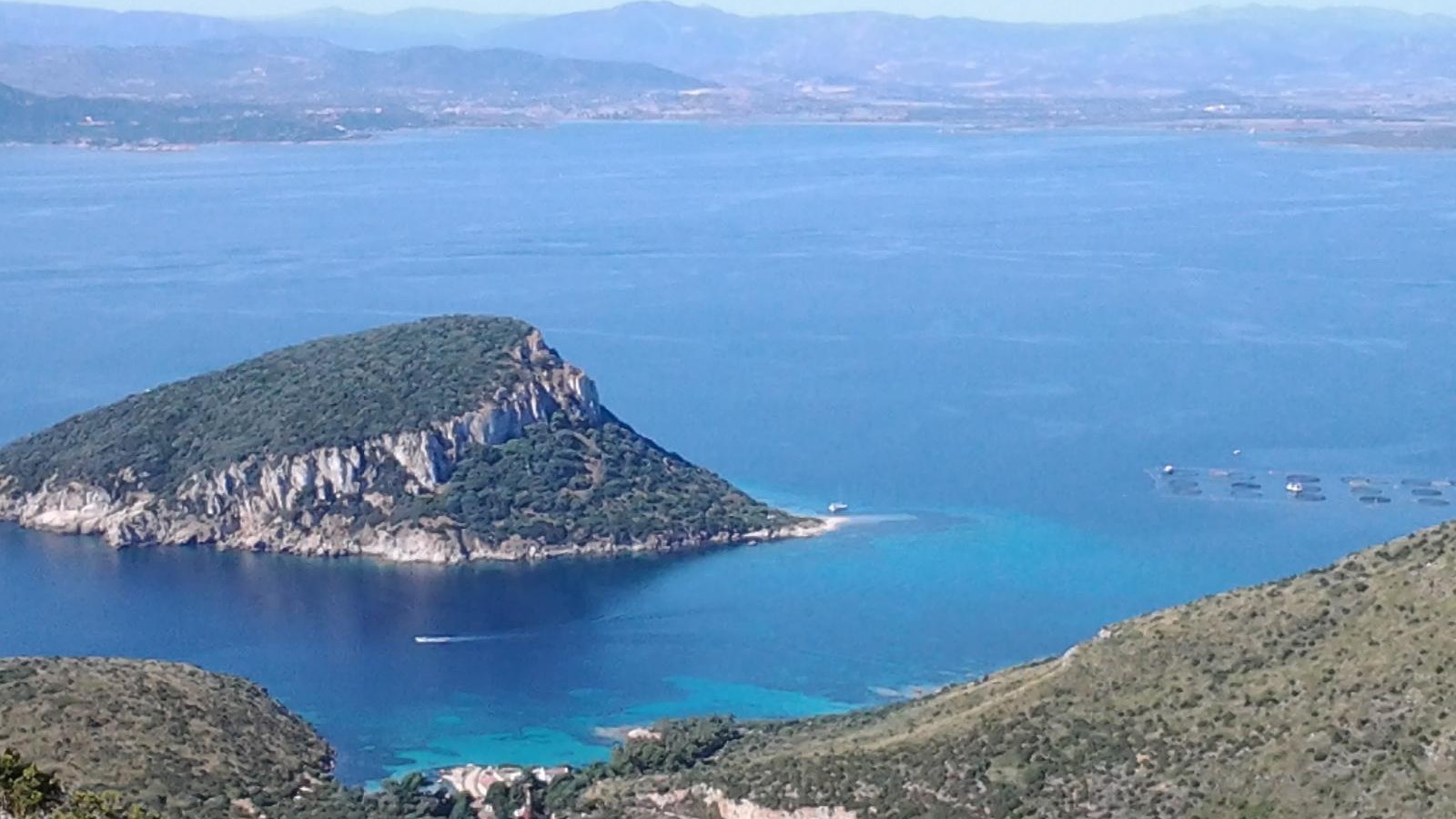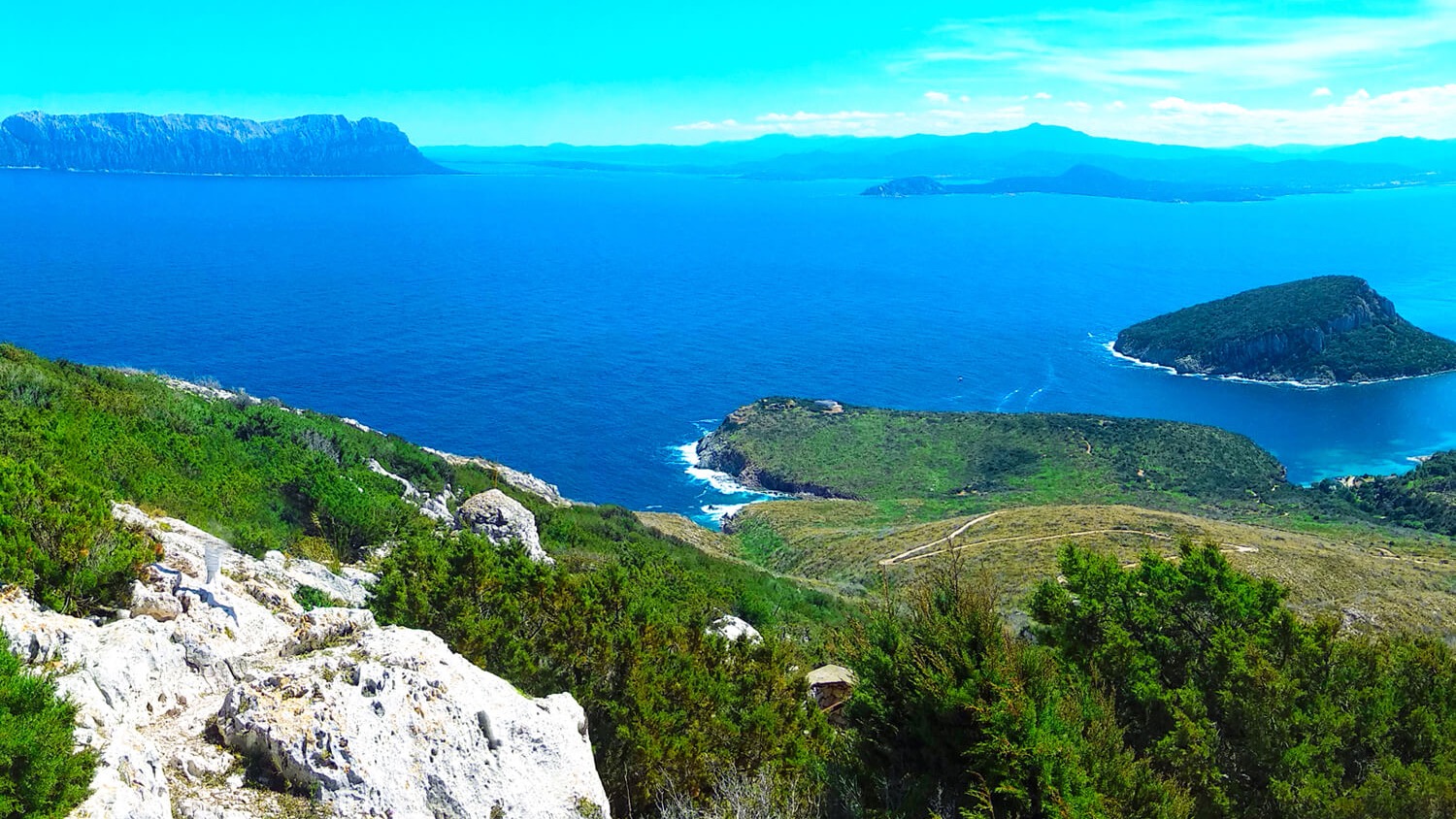Capo Figari e Figarolo
It is an open-air naturalistic museum, which embellishes the coast of Golfo Aranci, in Gallura. The promontory of Capo Figari, together with the opposite islet of Figarolo, declared a site of community importance, are treasures of biodiversity. You will reach the promontory passing by the beach of Cala Moresca, a ‘jewel’ set in a small bay and cooled by a pine forest. From the cove the top of the promontory is just over three kilometers away, at the top stand the remains of the Navy traffic light, inaugurated in 1890, purchased by the Defense 15 years later and made famous in 1932 by Guglielmo Marconi, who built a shortwave radio link there by connecting with the transmitter of Rocca di Papa, near Rome. From up here you will enjoy a breathtaking view: to the south, the view sweeps across the Gulf of Olbia, with Capo Ceraso and the island of Tavolara, to the north you will see the islands of Soffi and Mortorio with the Costa Smeralda in the background.
On the promontory various trekking routes are marked, thanks to which you will observe other historical testimonies that underline the importance and use of the site over the years. Behind Cala Moresca there is a kiln for the production of lime, abandoned after a few years of use. Continuing along the Filasca path you will reach the Luigi Serra coastal battery, built during the Great War on the tip from which the path takes its name. You will notice the remains of turrets and circular bases on which the cannons were anchored. A detour will take you to a small cemetery, called ‘of the English’ in honor of the burial of an English sailor accompanied by a Celtic cross, but in reality hosting mainly Italian sailors who disappeared during various shipwrecks. Further you will reach the suggestive Cala Greca, whose deep seabed gives the sea an intense blue tone. In the surroundings you will see the curious Mamma Chiatta rock, a name given by the fishermen of Golfo Aranci for the profile which, according to them, recalls that of an elderly overweight lady. The north side of the promontory will give you other suggestive views, reachable by sea, such as Cala del Sonno and Cala Fenice.
In front of Cala Moresca, Figarolo appears, whose name is due to the presence of luxuriant fig trees. The island is a limestone plateau with a curious pyramid shape. Its fauna is varied: mouflons, cormorants, buzzards. The raven also passes through it and sometimes the peregrine falcon nests there. The flora includes holm oaks, mastic trees and millenary olive trees. The surrounding seabed is a paradise for diving enthusiasts: shoals, submerged caves, black corals and then groupers, lobsters, corvine, sea urchins, sponges and gorgonians. Off the island lies the small wreck of a merchant ship sunk in the mid-twentieth century.
